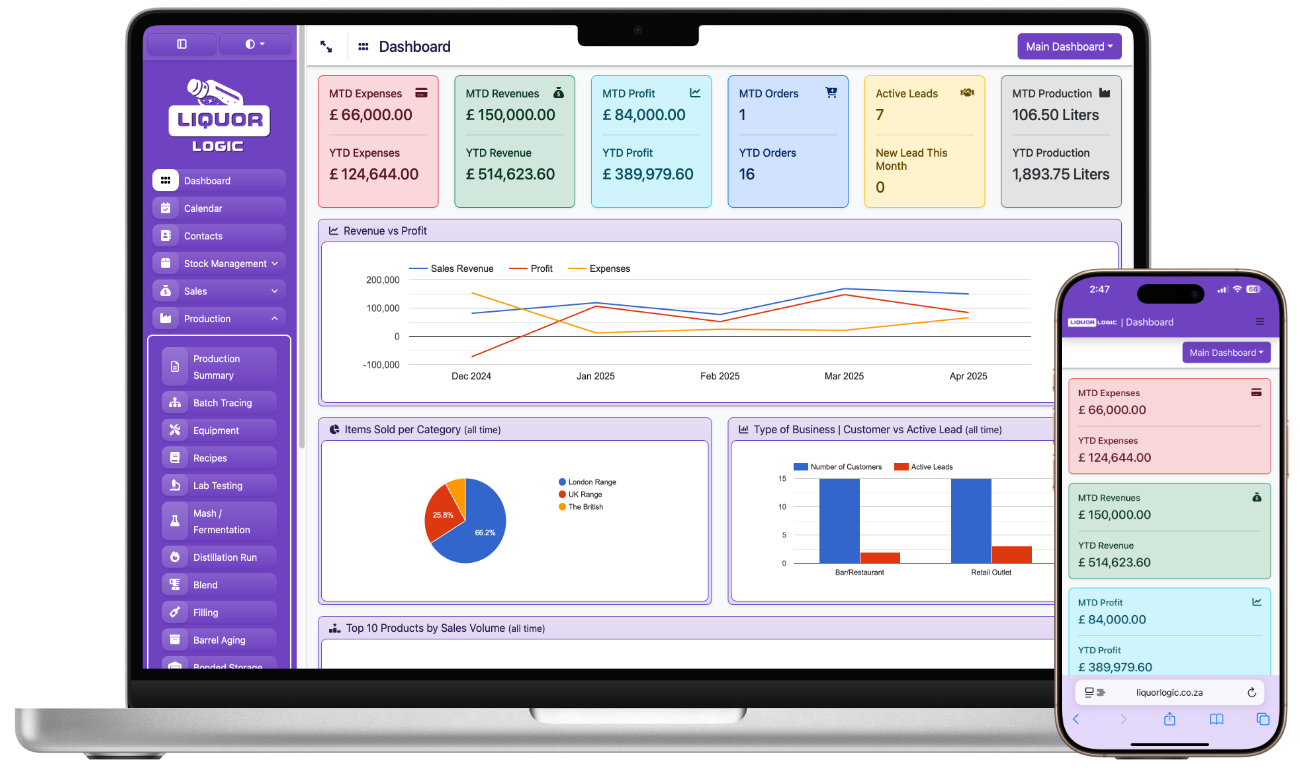The Cider Comeback: Global Trends Reshaping Craft Cider in 2025

Cider isn’t just a sideline anymore — it’s becoming one of the most dynamic and fast-evolving categories in global alcohol. From new consumer tastes to shifts in fermentation and packaging trends, 2025 marks a turning point for cider producers. Here's what’s driving the comeback, and how distilleries, breweries, and wineries are joining the movement.
The Cider Comeback: Global Trends Reshaping Craft Cider in 2025
Once sidelined as a seasonal drink or niche product, cider is now reclaiming shelf space and capturing market attention around the globe. Whether it's dry, sparkling, low-ABV, or infused with botanicals, the cider category is growing fast in both mature and emerging markets.
In 2025, the cider comeback isn’t a gimmick — it’s being driven by real consumer demand, shifting drinking habits, and new innovations in production and branding. For craft alcohol producers, this resurgence presents both opportunity and competition.
What’s Driving Cider’s Global Growth?
1. The Low-ABV and “Better for You” Movement
Globally, younger drinkers are choosing beverages that feel lighter, cleaner, and more sessionable. This has created space for ciders that:
- Are naturally gluten-free
- Have lower ABVs (typically 4–6%) than wine or spirits
- Offer fruit-forward flavours without being overly sweet
Brands in the US, UK, Australia, and even parts of Asia are seeing significant traction with low-sugar, low-ABV cider ranges — especially among health-conscious millennials and Gen Z consumers.
2. Shift Away From Beer
While craft beer isn’t declining, it’s no longer the only cool kid on the block. Many drinkers are shifting to cider because it offers complexity without hops, and often with fewer calories. In beer-saturated markets like the UK and Australia, cider is pulling in new fans who never enjoyed traditional lagers or IPAs.
3. Expansion of Fruit Cider and Botanical Blends
2025’s hottest cider trend? Flavour infusions. Producers are adding everything from elderflower to chilli, guava to ginger. These blends blur the line between cider, seltzer, and cocktail — and appeal to a broader, more experimental audience.
Who’s Driving It?
1. Traditional Cideries Scaling Up
In the UK’s West Country and Normandy in France, traditional cider regions are seeing renewed interest in dry and tannic cider styles. Brands that have been small and regional for decades are now finding export markets thanks to consumer curiosity about authenticity and regional character.
2. Breweries Launching Cider Lines
Beer producers, especially craft breweries with fermentation expertise, are diversifying into cider to reach wider demographics. This allows them to maximise equipment usage and hedge against hop pricing volatility.
3. Wineries and Distilleries Entering the Space
In the US, South Africa, and Australia, many wineries and distilleries are adding cider production as a seasonal or low-risk expansion. Apple and pear fermentations are simpler, and cider lets them tap into trends like RTD (ready-to-drink) and flavour innovation — without the overhead of full spirits production.
Packaging and Branding: Modern, Minimal, and Mobile
Cider has broken away from the faux-heritage look. In 2025, successful cider brands lean into clean, modern branding with strong shelf presence. Cans continue to dominate — especially in markets like North America and Australia — thanks to portability and cold-chain savings.
QR code-linked labels, Instagram-friendly visuals, and clean language (“crisp,” “dry,” “zero added sugar”) are outperforming traditional cues like “farmhouse” and “crafted by hand.”
Production Trends: Faster, Cleaner, More Flexible
- Fermentation speed: Many ciders now ferment in 7–14 days, with targeted yeast and nutrient protocols.
- Filtered and carbonated styles: Clean, bright ciders are easier to standardise across batches and preferred by urban consumers.
- Tank vs. bottle fermentation: Most craft producers favour tank-conditioning for scale, though bottle-fermented heritage ciders still serve niche markets.
Pasteurisation, cold crashing, and in-can conditioning are also more common as producers optimise shelf life and distribution potential.
Emerging Markets to Watch
- South Africa: Still a small market, but apple-growing regions like Elgin and Ceres provide quality fruit, and producers like Sxollie and Loxtonia are pushing into export.
- India: Urban youth are warming up to cider in RTD form — often blended with local fruit flavours like lychee and mango.
- Latin America: Argentina and Chile are starting to explore apple and pear fermentation in wine-style formats.
With global logistics improving post-pandemic, boutique cider brands are finding new opportunities abroad — even with small production runs.
Is It Sustainable Growth or a Trend Bubble?
So far, cider’s comeback looks stable. Unlike hard seltzers, which rose and plateaued, cider has broad product diversity, agricultural roots, and strong regional traditions behind it. That said, success will depend on innovation, pricing, and branding — not nostalgia alone.
Producers must also balance flavour exploration with authenticity. While chilli-ginger-apple might trend today, dry, naturally fermented cider with clean provenance is still what builds long-term brand value.
Conclusion: Cider Is No Longer the Sidekick
In 2025, cider is no longer playing second fiddle to beer or wine. It’s a legitimate, growing category with real consumer pull and strong production economics. Whether you’re a winery looking to diversify, a brewer facing market fatigue, or a distillery exploring new revenue streams — cider belongs in the strategic conversation.
And the producers who recognise its potential early will be the ones leading the category by 2026 and beyond.
Back